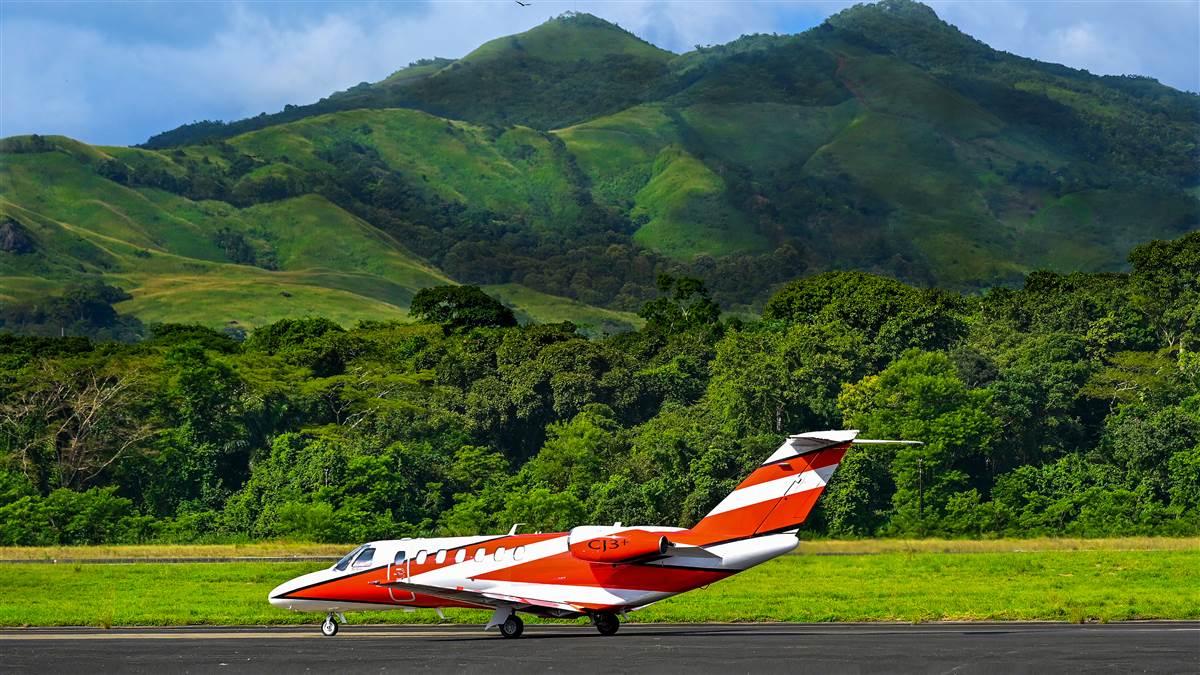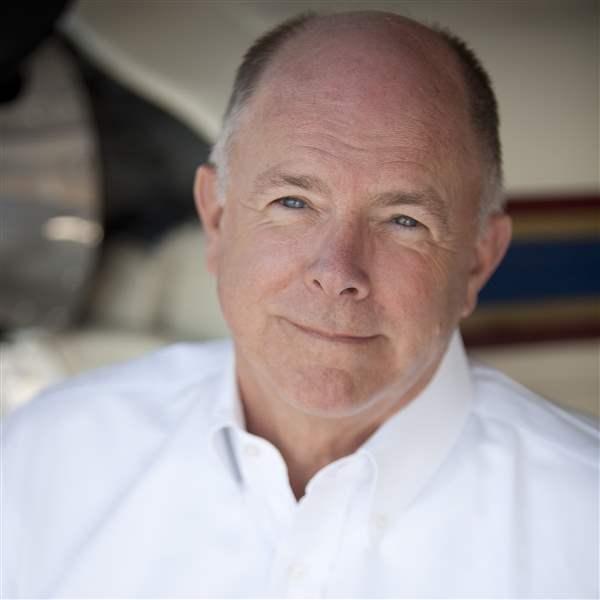Seats and sales
Bumping body parts

Was irreparable damage done to passengers’ confidence in Southwest? The company’s customers seemed to always have good feelings about the experience. No frills, two bags fly free, lower fares than their competitors, and, uh, sharp commands to make paratroop-style lineups as you wait for your unassigned seat. In the “A” boarding group? You can sit Anywhere in the cabin. The “B” group means you probably head to the Back of the cabin. The “C” group? Sorry, only the Center seats will be available—because Southwest’s flights are usually filled to the gills. That’s great for Southwest. Not so great for the troops.
Economy-class seats on most airlines are narrow enough as it is. Throw in a seat pitch (the distance between a point on your seat and the same point on the seat in front of you) somewhere around 32 inches and you’ve got just a few inches of knee room. Less, if you’re tall. And, hey, the seats only recline a couple inches. Maybe all those flight attendant jokes are intended to draw your attention away from this want of comfort.
Some passengers have turned to chartering flights, or signing up for shares in a fractional ownership for a more comfortable ride that better fits their schedules. Some of these were surely clients who’d never flown privately before. According to aviation analyst Brian Foley, charter providers reported that since 2020, more than 50 percent of their business was from new clients. Used business jet and turboprop sales went way up. And Foley says fractional provider NetJets had to suspend new sales so it could deal with demand from existing customers.
But that cycle seems to have come off its peak, Foley stated. By January, charter activity, plus used and new sales, had slumped. But it’s not all bad news. According to Foley, companies such as Bombardier, Dassault, Embraer, Gulfstream, and Textron have plenty of new-airplane backlog to keep book-to-bill ratios (the ratio of orders placed to airplanes delivered) healthy enough to take care of “a couple years’ of production.”
What will airlines do to attract fares? At this writing, the FAA had concluded a 90-day public comment period on a measure addressing minimum seat dimensions. There were more than 26,000 comments. “This is both a safety issue and a quality of life issue,” according to a comment in a Washington Post article reporting on the subject. Seats in Spirit Airlines’ new Airbus A320s will be a half-inch wider than before and offer two more inches of knee room and thicker cushions. Yet another scheme would lower the center seats, so passengers won’t “bump body parts.”
Whatever the FAA’s decision, one thing’s for sure. Airlines will always compromise cabin designs to favor passenger density—and to sustain business. They’ll also remain major factors driving sales in the GA turbine market.

 Tom Horne and David Tulis lucked out and went on an Air Journey trip to the Galápagos, where Tulis said “this is like an open-air zoo, where the wildlife is the spectator.” A playful sea lion went face to face with Tulis (on our cover), and Horne got to do some world-class snorkeling—something he hasn’t done in years. “Watching a formation of cow-nosed rays glide next to green turtles was a once-in-a-lifetime experience,” he said. No doubt about it, both checked this adventure off their bucket lists.
Tom Horne and David Tulis lucked out and went on an Air Journey trip to the Galápagos, where Tulis said “this is like an open-air zoo, where the wildlife is the spectator.” A playful sea lion went face to face with Tulis (on our cover), and Horne got to do some world-class snorkeling—something he hasn’t done in years. “Watching a formation of cow-nosed rays glide next to green turtles was a once-in-a-lifetime experience,” he said. No doubt about it, both checked this adventure off their bucket lists. 

